Home>Garden Essentials>How To Build A Grass Pad For Dogs
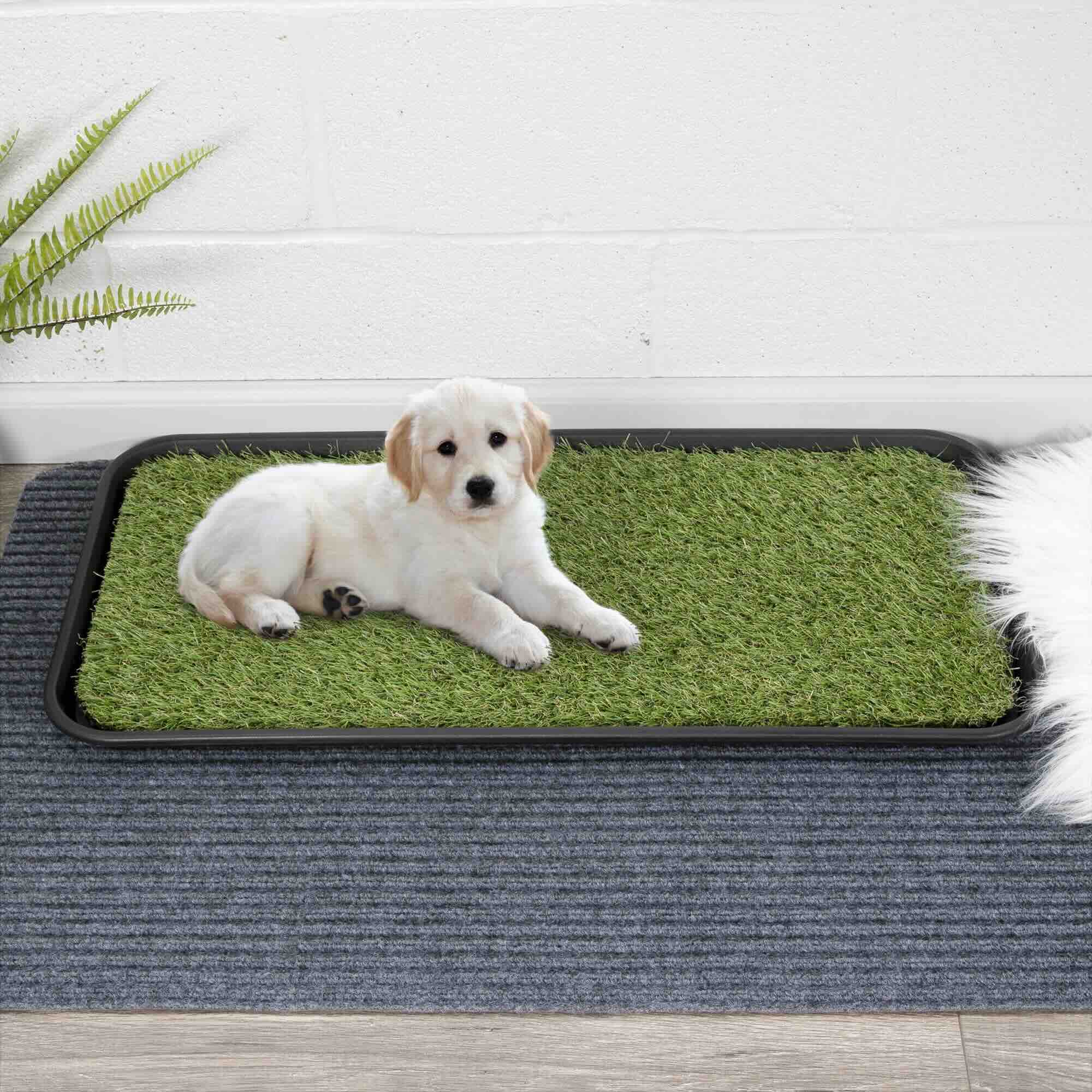

Garden Essentials
How To Build A Grass Pad For Dogs
Modified: March 7, 2024
Learn how to create a safe and comfortable grass pad in your garden for your furry friend with our step-by-step guide on building a dog-friendly outdoor space.
(Many of the links in this article redirect to a specific reviewed product. Your purchase of these products through affiliate links helps to generate commission for Storables.com, at no extra cost. Learn more)
Introduction
Welcome to the world of gardening! Building a grass pad for your dogs is a fantastic way to provide them with a designated area to play and do their business. Not only does it keep your yard neat and clean, but it also offers a safe and comfortable space for your furry friends. In this comprehensive guide, we will take you through the step-by-step process of creating a grass pad that is perfect for your four-legged companions.
When it comes to building a grass pad for dogs, there are several factors to take into consideration. We’ll help you choose the right location, guide you through site preparation, offer tips for installing the base and artificial grass, and show you how to incorporate a drainage system. Additionally, we’ll provide easy maintenance tips to keep your grass pad looking fresh and clean.
Before getting started, it’s important to understand the benefits of having a dedicated area for your dogs. A grass pad allows them to enjoy outdoor time without the risk of damaging your garden or digging up your precious plants. It also helps in training your dogs to use a specific area for their bathroom needs, saving you from constant clean-ups throughout the yard.
Another advantage of a grass pad is that it provides a soft and comfortable surface for your dogs to run and play on. Whether it’s fetching a ball, playing with their favorite toys, or simply rolling around, dogs love having their own special space to enjoy activities. Plus, it can be a great way for them to socialize with other furry pals in a controlled environment.
Now that you understand the benefits, let’s dive into the step-by-step process of building a grass pad for your dogs. By following these instructions, you’ll have a beautiful and functional space where your dogs can frolic to their heart’s content. So, grab your gardening gloves and let’s get started on creating the ultimate dog-friendly grass pad!
Key Takeaways:
- Choosing the right location and ensuring proper drainage are crucial for building a dog-friendly grass pad. Consider sunlight, accessibility, privacy, and incorporate drainage solutions for a healthy and enjoyable space.
- Maintaining the grass pad involves regular cleaning, refreshing infill material, and promoting air circulation. These practices help prevent odors, staining, and ensure a clean and inviting space for your furry friends.
Read more: How To Train A Dog To Pee On A Grass Pad
Step 1: Choosing the Right Location
Before starting the construction of your grass pad, it is crucial to choose the right location. Consider the following factors to ensure the best spot for your furry companions:
- Sunlight: Dogs enjoy spending time outdoors, so it’s important to select an area that receives adequate sunlight. Aim for a spot that gets at least 4-6 hours of sunlight each day. This will help promote healthy grass growth and prevent the area from becoming muddy.
- Accessibility: Choose a location that is easily accessible for both you and your pets. It should be convenient to bring your dogs to the grass pad without any obstacles or restrictions. If you have multiple entrances to your yard, consider locating the grass pad near one of them for easy access.
- Noise and Distractions: Dogs can be easily distracted by noises from nearby streets or neighbors. Try to find a location away from busy roads or areas with excessive noise. This will create a peaceful environment for your dogs to enjoy their playtime without getting anxious or disturbed.
- Privacy: Dogs appreciate their privacy too! Choose a location that offers some level of privacy, whether it’s through natural barriers like trees or shrubs or by strategically positioning fences or hedges. This will help your dogs feel secure and comfortable while using the grass pad.
Once you have identified a suitable location, it’s essential to ensure proper drainage for the grass pad. Poor drainage can lead to waterlogging and muddy conditions, making it less pleasant for your dogs to use. Here are a few tips to ensure good drainage:
- Slope: If possible, choose an area with a slight slope to allow for natural water drainage. Avoid low-lying areas that can collect excess water during heavy rainfall.
- Permeable Soil: Check the soil composition of the selected area. Sandy or loamy soil types are preferable as they provide good drainage. Avoid areas with heavy clay soil, as it tends to retain water and can result in poor drainage.
- Drainage Solutions: If the area lacks natural drainage, you can incorporate artificial drainage solutions. This can be done by creating channels or installing drains that redirect water away from the grass pad. A professional landscaper can help you determine the most appropriate drainage system for your specific requirements.
By carefully considering the location and ensuring proper drainage, you will create an ideal grass pad for your dogs. In the next step, we will guide you through the process of preparing the area for construction. So, let’s move on to step two!
Step 2: Preparing the Area
Now that you have chosen the perfect location for your grass pad, it’s time to prepare the area before construction. Follow these steps to ensure a clean and level surface for your dogs to enjoy:
Clearing the Selected Area from Debris and Obstacles:
Begin by clearing the selected area of any debris, such as rocks, sticks, and leaves. It’s important to remove these items to create a safe and comfortable space for your dogs. Inspect the area for any potential hazards, such as sharp objects or toxic plants, and remove them as well.
If there are any existing structures, like old flower beds or raised beds, that you no longer need, dismantle and remove them. This will provide a clean slate for your grass pad construction.
Leveling the Ground for the Grass Pad:
Once the area is clear of debris and obstacles, the next step is to ensure a level surface for your grass pad. Here’s how to achieve it:
- Use a garden rake or shovel to loosen the top layer of soil. This will help in removing any clumps or bumps and achieve a more even surface.
- Take a long, sturdy board or a leveled string and place it across the area. This will act as a guide to check for any unevenness in the ground.
- Fill in any low spots with additional soil and compact it using a hand tamper or the back of a shovel. Repeat this process until the entire area is leveled properly.
- Periodically check the levelness of the ground using the board or string to ensure an even surface. This step is crucial to establish a smooth and comfortable grass pad for your dogs.
Remember, the key to a successful grass pad is a firm and level base. Take your time during this step to ensure that the ground is well-prepared before moving forward. Once the area is cleared and leveled, you’re ready to move on to the next step: installing the base layer. Stay tuned to learn more!
Step 3: Installing the Base
Now that you have prepared the area for your grass pad, it’s time to install the base layer. The base layer provides stability and support for the artificial grass and helps to ensure a long-lasting and sturdy surface. Here’s what you’ll need and how to create a solid base for your grass pad:
Materials Required for the Base Layer:
Before you begin, gather the following materials:
- Crushed stone or gravel
- Landscape fabric
- Compactible base material (such as decomposed granite or crushed rock)
- Landscape edging material (optional)
Steps to Create a Sturdy and Stable Base:
- Start by laying down a layer of landscape fabric over the cleared and leveled area. This fabric acts as a barrier, preventing weed growth and helping to maintain the integrity of the base layer.
- Next, spread a layer of crushed stone or gravel over the landscape fabric. This layer serves as a drainage layer, allowing water to flow freely and prevent waterlogging. Aim for a thickness of about 2-3 inches.
- Once the drainage layer is in place, it’s time to add the compactible base material. This material, such as decomposed granite or crushed rock, provides a solid and level surface for the artificial grass. Spread it evenly over the gravel layer, aiming for a compacted thickness of around 2-3 inches.
- Use a plate compactor or a hand tamper to compact the base material. This step is crucial for achieving a firm and stable base. Compact in layers, gradually adding more base material and compacting until you have a solid and level surface. Repeat this process until the entire area is compacted.
- If desired, you can install landscape edging around the perimeter of the grass pad. This will help to define the boundaries and prevent the grass from spreading beyond the designated area.
By following these steps, you will create a sturdy and stable base for your grass pad. This base layer provides the necessary support for the artificial grass and helps to ensure proper drainage. Once the base is installed, you’re ready to move on to the next step: choosing the artificial grass. Stay tuned to discover the best options for your furry friends!
Step 4: Choosing the Artificial GrassWhen it comes to selecting the right artificial grass for your dog’s grass pad, there are several factors to consider. The type and quality of the grass will determine its durability, resilience, and overall suitability for your furry friends. Here’s what you need to know:
Factors to Consider When Selecting Artificial Grass for Dogs:
- Drainage: Opt for artificial grass specifically designed for dogs that offers excellent drainage. Look for grass products with perforated backings or built-in drainage systems. This ensures that urine and water can easily flow through, preventing the accumulation of unpleasant odors and reducing the risk of bacteria growth.
- Durability: Dogs, especially active ones, can put the grass through its paces. Choose artificial grass that is designed to withstand heavy use and is highly durable. Look for options that are resistant to wear and tear, UV rays, and fading.
- Softness: Your dogs will appreciate a soft and comfortable surface to play and lounge on. Look for artificial grass with a dense and cushioned feel. Consider products with a softer texture that mimics the feel of natural grass under their paws.
- Non-Toxic: Ensure that the artificial grass you choose is non-toxic and safe for your pets. This is especially important if your dogs are prone to chewing or ingesting grass. Opt for products that are free from harmful chemicals and safe for use around animals.
Different Types and Thickness Options Available:
Artificial grass comes in various types and thickness options. Some common types include:
- Nylon: Nylon grass is known for its exceptional resilience and durability. It has excellent memory, meaning it will maintain its shape even after heavy use. However, nylon grass can be a bit stiff and less soft compared to other options.
- Polyethylene: Polyethylene grass is softer and more realistic in appearance, mimicking the look and feel of natural grass. It is a popular choice for dog grass pads due to its softness and durability. It tends to be more resistant to UV rays, making it less likely to fade over time.
- Polypropylene: Polypropylene grass is an economical option that is commonly used for temporary or budget-friendly grass pads. While it may not offer the same level of durability and softness as nylon or polyethylene, it can still serve the purpose for dogs with lighter use.
When it comes to thickness, a range of options is available. Thicker grass provides a more plush and comfortable surface, while thinner options may be more suitable for high-traffic areas.
Consider your dog’s needs and preferences, as well as your budget, when making your selection. It’s also a good idea to consult with the supplier or seek advice from professionals to ensure you choose the best artificial grass for your grass pad.
Now that you’re armed with the knowledge about selecting the right artificial grass, you’re ready to move on to the next step: laying the artificial grass. Stay tuned to discover the techniques for a successful installation!
Choose a well-draining area in your yard for the grass pad. Use a layer of gravel for drainage, then add topsoil and sod. Train your dog to use the pad with positive reinforcement.
Read more: How To Clean A Fake Grass Pad For Dogs
Step 5: Laying the Artificial Grass
Now that you have chosen the perfect artificial grass for your dog’s grass pad, it’s time to lay it down. Proper installation is key to ensuring a beautiful and long-lasting surface for your furry friends. Here’s how to lay the artificial grass correctly:
Preparing the Artificial Grass for Installation:
- Unroll the artificial grass on a clean and flat surface. Allow it to acclimate to the surroundings for a few hours to ensure it lays flat and any creases or wrinkles dissipate.
- Trim the grass to fit the dimensions of your grass pad using a sharp utility knife. Be precise and take your time to achieve clean and accurate cuts.
- If your grass pad is larger than the width of the artificial grass, you may need to seam multiple pieces together. Follow the manufacturer’s instructions on how to properly join the seams using adhesive or specialized joining tape.
Techniques to Properly Secure the Grass on the Base:
- Start by laying down a layer of landscape fabric over the compacted base. This will help prevent weed growth and maintain the integrity of the base layer.
- Roll out the artificial grass over the prepared area, ensuring it is aligned correctly and covers the entire pad. Make adjustments as needed to achieve an even and symmetrical appearance.
- Use landscape staples or galvanized nails to secure the edges of the grass to the surrounding landscape. Space the staples or nails about 6-8 inches apart along the perimeter to ensure proper stability.
- Avoid placing staples or nails directly through the seam areas, as this may disrupt the seamless appearance of the grass.
- Once the edges are secure, use a stiff brush or power broom to brush the artificial grass fibers in an upward direction. This will help them stand upright and give the grass a more natural and aesthetic appearance.
- Lastly, spread an infill material over the surface of the grass. This can be a specialized sand or rubber infill, which helps weigh down the grass, enhances its stability, and provides cushioning for your dogs. Follow the manufacturer’s guidelines for the appropriate amount of infill to use.
By following these techniques, you’ll ensure that the artificial grass is properly secured and looks seamless on your grass pad. The next step involves adding a drainage system to prevent any water buildup. Stay tuned to learn more about maintaining a healthy and clean grass pad for your dogs!
Step 6: Adding Drainage System
Incorporating a proper drainage system in your dog’s grass pad is crucial to maintain a healthy and clean environment. Excess water can lead to muddy conditions, unpleasant odors, and potential health hazards for your pets. Here’s why adding a drainage system is important and how you can install it:
Importance of Incorporating a Drainage System in the Grass Pad:
- Prevents Water Accumulation: A drainage system helps in preventing water from pooling on the grass pad. It allows water, including urine and rainwater, to flow freely and efficiently through the layers, avoiding waterlogging and excessive moisture in the area.
- Reduces Odors and Bacterial Growth: Proper drainage helps in preventing the buildup of stagnant water, which can lead to unpleasant odors and the growth of harmful bacteria. This creates a cleaner and healthier environment for your dogs to enjoy their playtime.
- Maintains the Integrity of the Base: Excess water can cause the base layer to shift or deteriorate over time. Drainage ensures that the base remains stable and intact, providing a solid foundation for the artificial grass and enhancing its longevity.
Installing a Perforated Pipe or Gravel Layer for Efficient Drainage:
- One effective way to incorporate drainage is by installing a perforated pipe. Dig a trench along the perimeter or in strategic areas of the grass pad, ensuring it has a slight slope to encourage water flow.
- Place the perforated pipe in the trench, making sure the holes face downwards. Backfill the trench with gravel, ensuring that the pipe is completely covered.
- Another option is to create a layer of gravel beneath the base material. This acts as a reservoir for water to drain into and allows for efficient water drainage. Spread a layer of gravel, about 2-3 inches deep, on top of the landscape fabric before adding the base material.
- Ensure that the perforated pipe or gravel layer is connected to an appropriate drainage outlet, such as a drainage channel or a stormwater system, to divert water away from the grass pad.
By incorporating a proper drainage system, you can maintain a clean, odor-free, and healthy grass pad for your dogs. It ensures that excess water is efficiently drained, preventing the accumulation of moisture and potential issues. With the drainage system in place, you’re one step closer to enjoying a low-maintenance grass pad. Next, we’ll share tips on how to maintain your grass pad to keep it looking fresh and inviting. Stay tuned!
Step 7: Maintaining the Grass Pad
Regular cleaning and maintenance are essential for keeping your dog’s grass pad in top shape. By incorporating simple practices, you can prevent odors, staining, and ensure a clean and inviting space for your furry friends. Here are some tips to help you maintain your grass pad:
Regular Cleaning and Maintenance Tips:
- Remove Solid Waste: Scoop up solid waste from the grass pad daily. Use a pooper scooper or plastic bag to dispose of it properly. This will prevent the buildup of waste, reduce odors, and maintain a clean environment for your dogs.
- Spot Clean Spills and Accidents: Accidents happen, and it’s important to clean up promptly. Blot any liquid spills with a clean towel or absorbent material. Use a pet-safe, enzyme-based cleaner to neutralize odors and effectively clean the area.
- Regularly Rinse the Grass: Thoroughly rinse the artificial grass periodically to remove any dirt, dust, or debris. Use a hose or sprinkle water over the surface, allowing it to flow through and cleanse the grass fibers. This will help maintain its vibrant appearance.
- Brush the Grass Regularly: Use a stiff brush or power broom to gently brush the grass fibers. This helps to restore its upright position, prevent matting, and maintain a natural look. Regular brushing also helps to distribute infill materials evenly.
- Prevent Staining: If your dogs frequently urinate on the grass pad, it’s important to prevent staining. Dilute the area with water immediately after your dogs urinate to flush away any potential urine deposits. Regular rinsing and proper drainage will also help prevent staining.
Preventing Odors and Staining:
- Regularly Refresh the Infill Material: Over time, infill materials may break down or get compacted. Periodically adding or replenishing the infill material, such as sand or rubber, helps to maintain cushioning, improve drainage, and prevent odors from lingering.
- Promote Air Circulation: Adequate air circulation is important to prevent trapped odors. Trim any surrounding plants or bushes to allow air to flow freely around the grass pad. This will also aid in drying the grass quickly after rain or cleaning.
- Use Odor-Neutralizing Products: There are specific pet-safe products available designed to neutralize and combat odors. These can be applied to the grass surface or incorporated into the infill material to help control unpleasant smells.
- Regularly Inspect and Maintain Drainage: Check the drainage system regularly to ensure it is functioning properly. Clear any debris or blockages that may impact water flow. Maintain the grading of the ground to promote efficient drainage.
By following these cleaning and maintenance tips, you’ll ensure that your grass pad remains fresh, odor-free, and inviting for your dogs. Incorporate these practices into your routine to enjoy a clean and beautiful space for your furry friends to play and relax. Congratulations on successfully building and maintaining a dog-friendly grass pad!
Now that you have learned all the steps and tips for creating and maintaining a grass pad for your dogs, it’s time to enjoy the fruits of your labor. Sit back, relax, and watch as your dogs revel in their dedicated outdoor space. Happy gardening!
Conclusion
Congratulations on successfully building a grass pad for your beloved dogs! With careful planning, preparation, and maintenance, you have created a dedicated space for your furry friends to enjoy the outdoors while maintaining a clean and beautiful yard. Let’s recap the key points we covered in this comprehensive guide:
First, we discussed the importance of choosing the right location for your grass pad, considering factors such as sunlight, accessibility, noise, and privacy. We also emphasized the significance of ensuring proper drainage to prevent waterlogging and muddy conditions.
Next, we explored the process of preparing the area by clearing debris and leveling the ground for a smooth and even surface. This is crucial for establishing a stable foundation for the grass pad.
Then, we delved into the installation process, which involved choosing the right artificial grass for dogs based on factors such as drainage, durability, softness, and non-toxicity. We discussed different types and thickness options available, allowing you to make an informed choice that suits your pets’ needs.
As we moved on to laying the artificial grass, we highlighted the importance of properly preparing the grass for installation, trimming it to fit the area, and securing it on the base with landscape staples or nails. Additionally, we discussed brushing the grass fibers to maintain their upright position and applying infill to enhance stability and cushioning.
To ensure a healthy and clean environment for your dogs, we explained the significance of adding a drainage system through perforated pipes or gravel layers. This step helps prevent water accumulation, reduces odors and bacterial growth, and maintains the integrity of the base.
Lastly, we provided essential tips on maintaining the grass pad, including regular cleaning and maintenance practices such as removing solid waste, spot cleaning spills, rinsing the grass, brushing the fibers, and preventing staining and odors. We emphasized the importance of refreshing infill material, promoting air circulation, using odor-neutralizing products, and inspecting and maintaining the drainage system.
By following these steps and tips, you have created a fantastic outdoor space for your dogs to enjoy, while keeping your yard clean and beautiful. Remember, consistent upkeep and monitoring will help ensure the longevity and functionality of your grass pad.
Thank you for embarking on this journey of building a grass pad for your dogs with us. We hope you and your furry friends have many joyful moments playing, relaxing, and bonding in your new outdoor haven. Happy gardening and doggie playtime!
Frequently Asked Questions about How To Build A Grass Pad For Dogs
Was this page helpful?
At Storables.com, we guarantee accurate and reliable information. Our content, validated by Expert Board Contributors, is crafted following stringent Editorial Policies. We're committed to providing you with well-researched, expert-backed insights for all your informational needs.
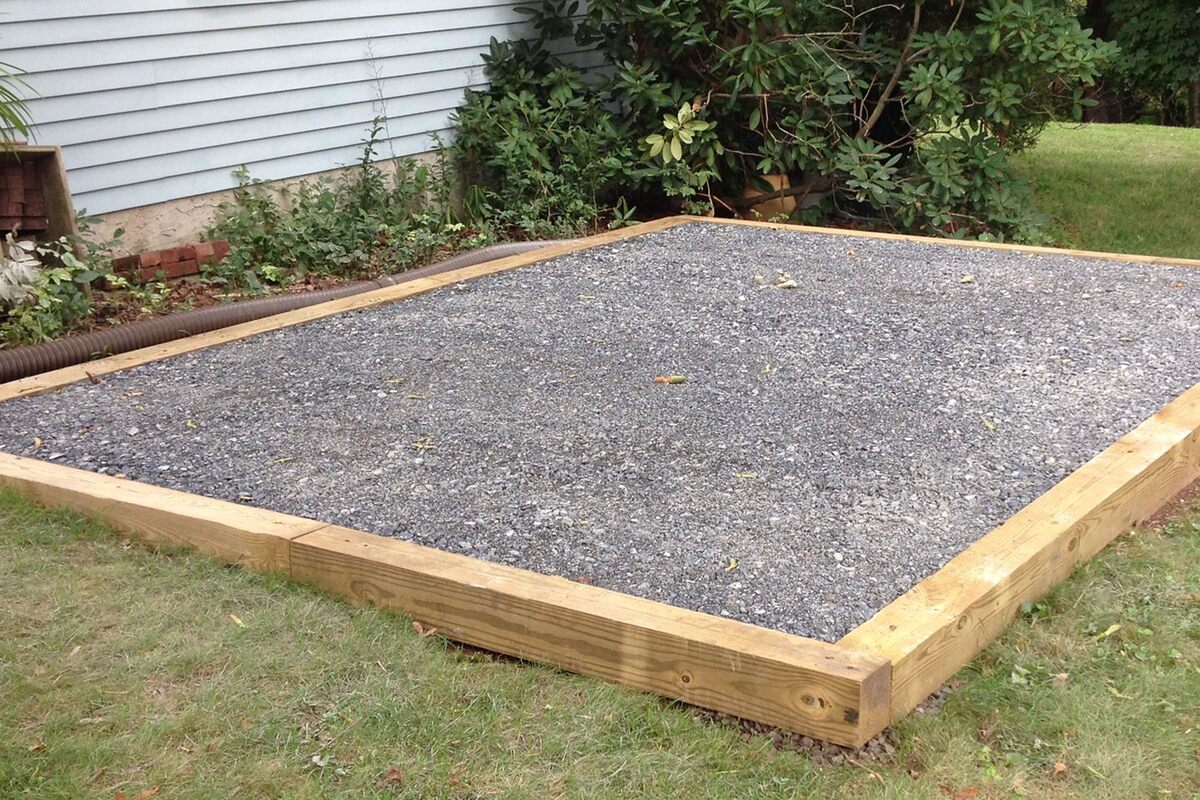
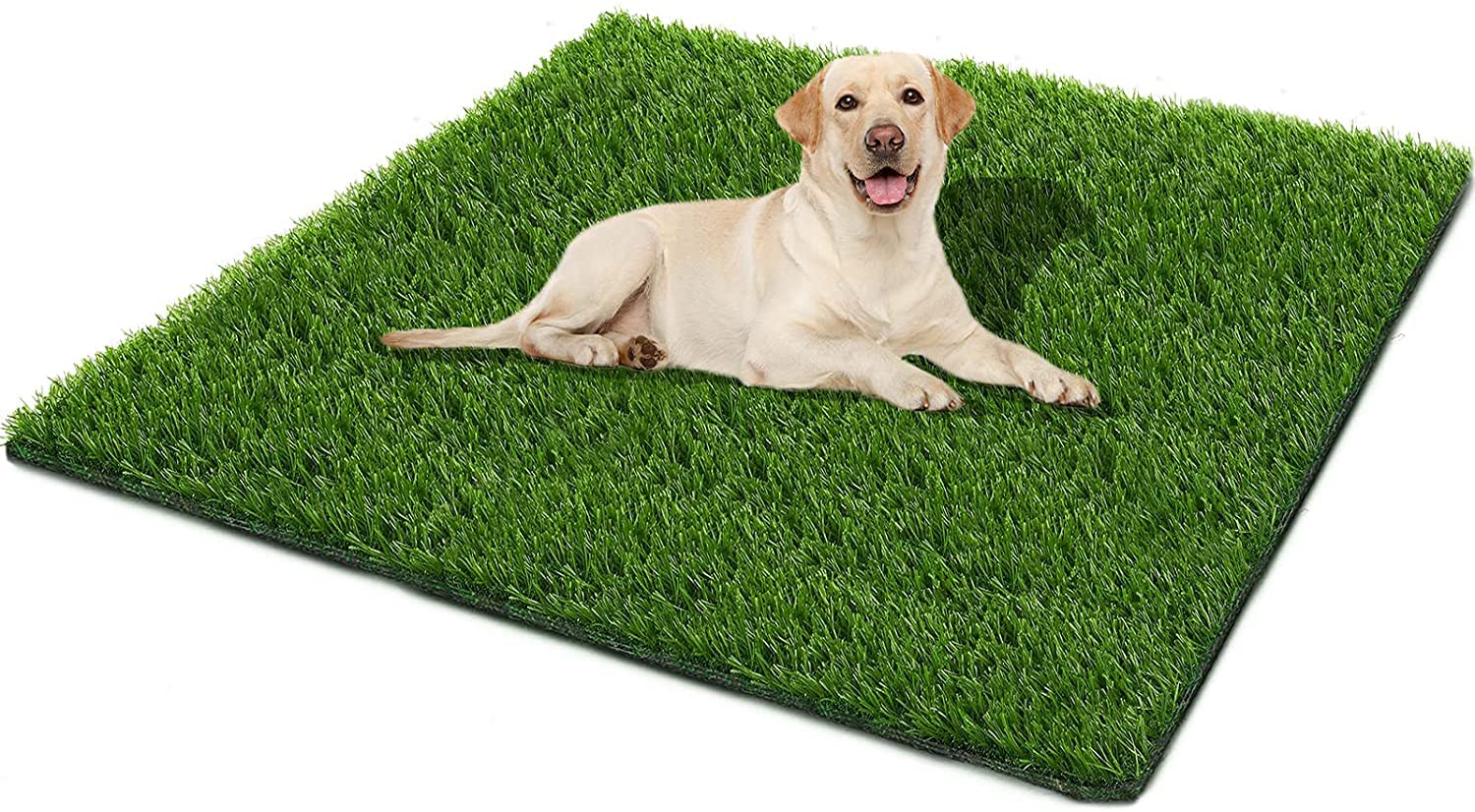
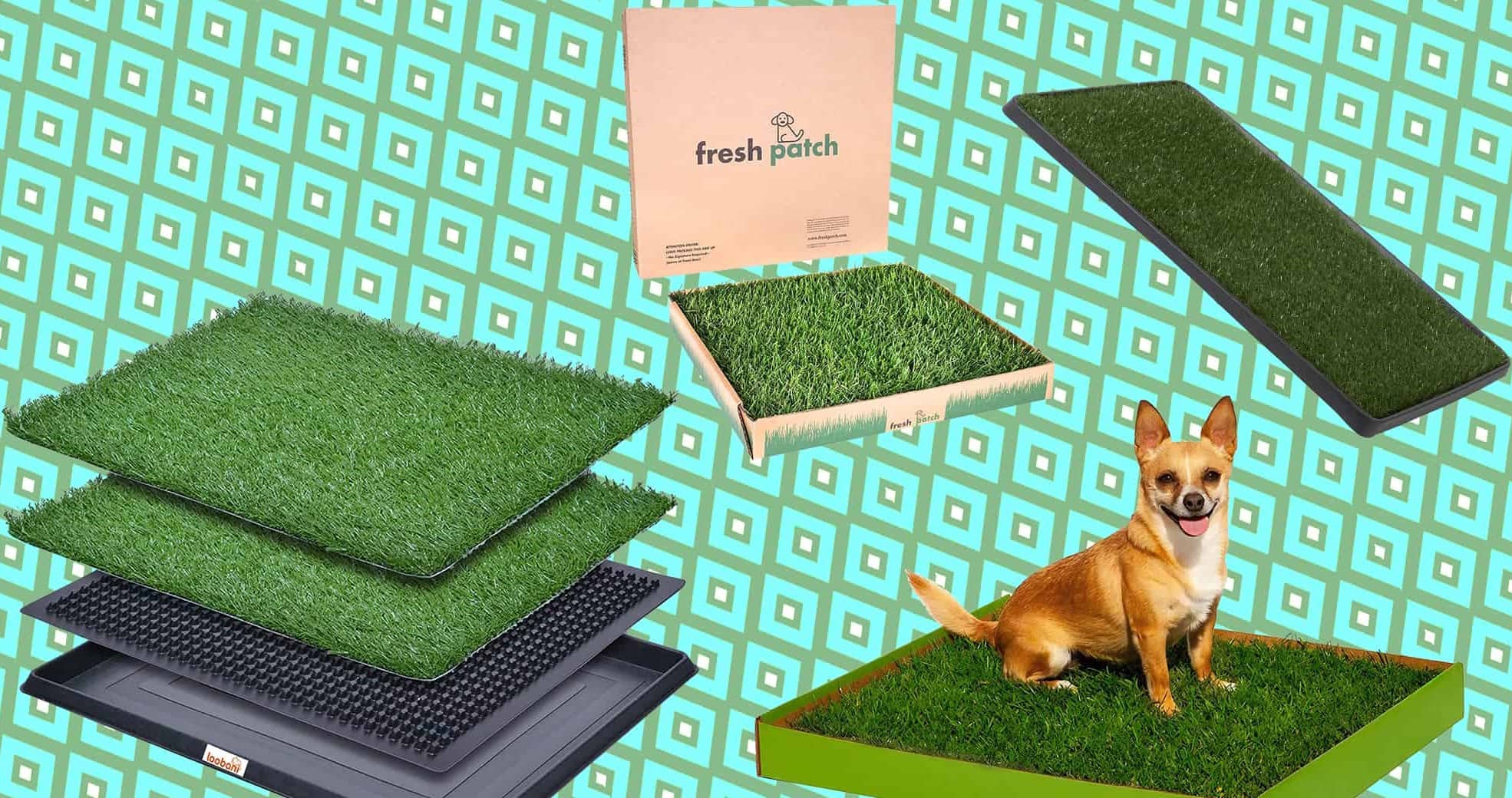
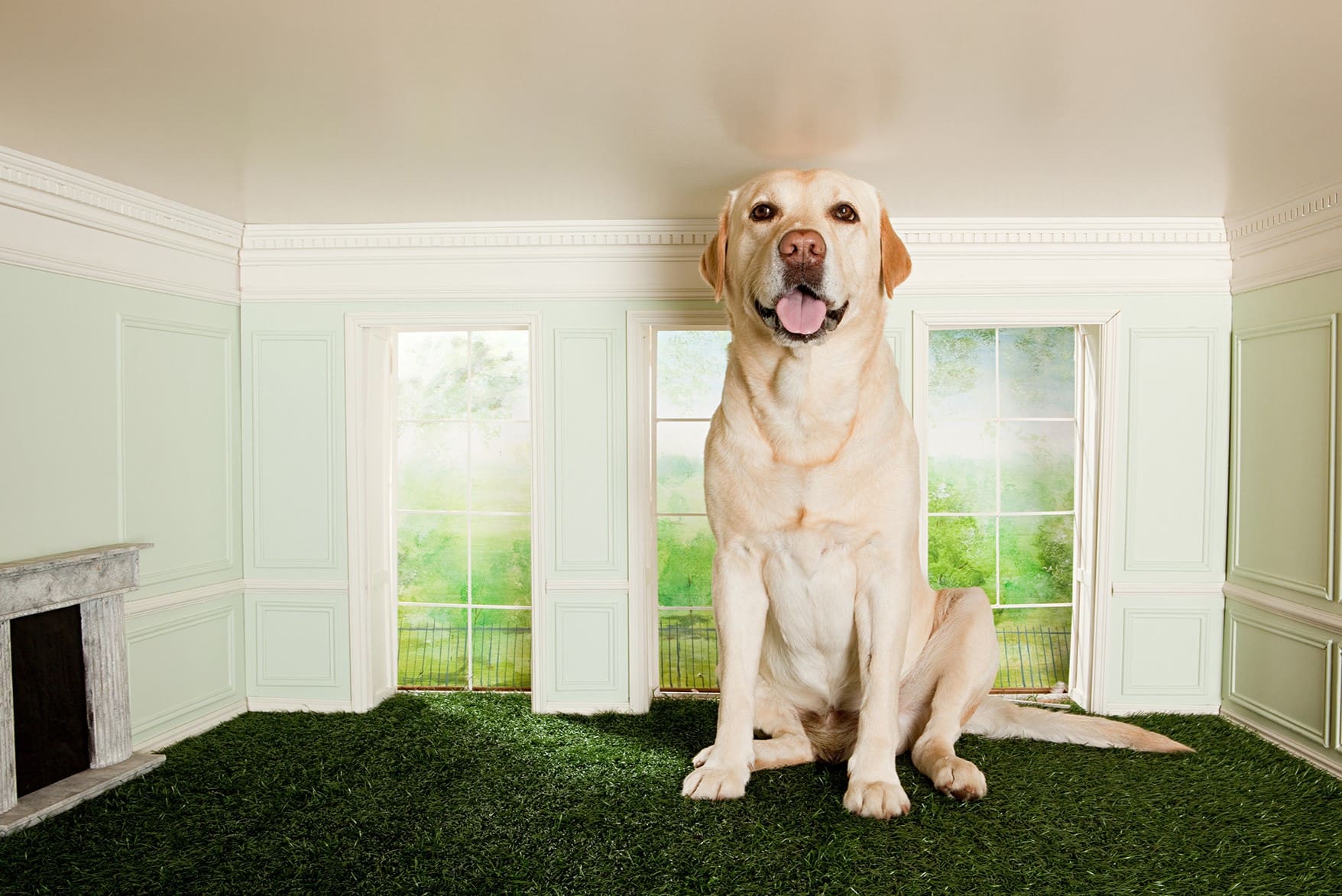
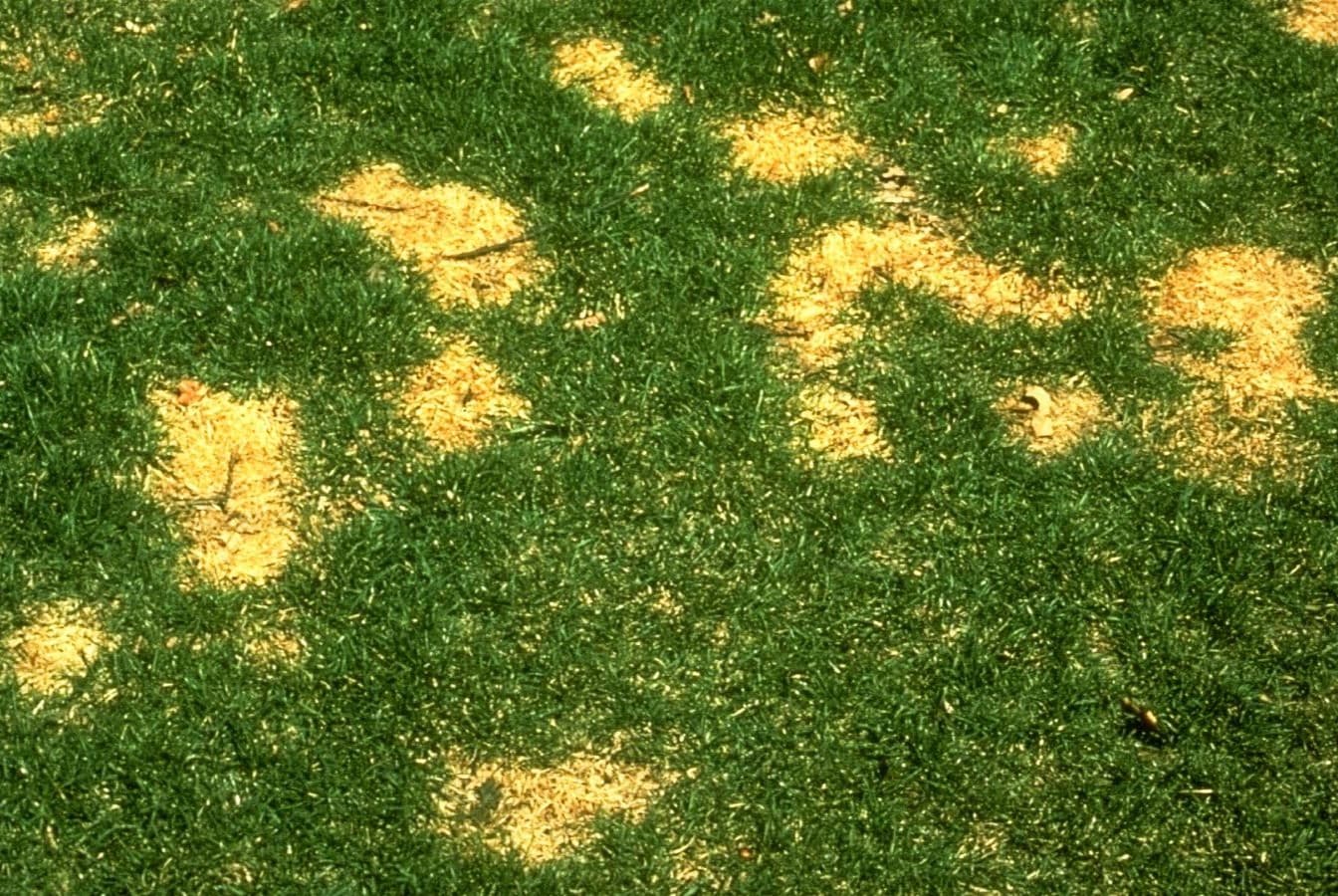
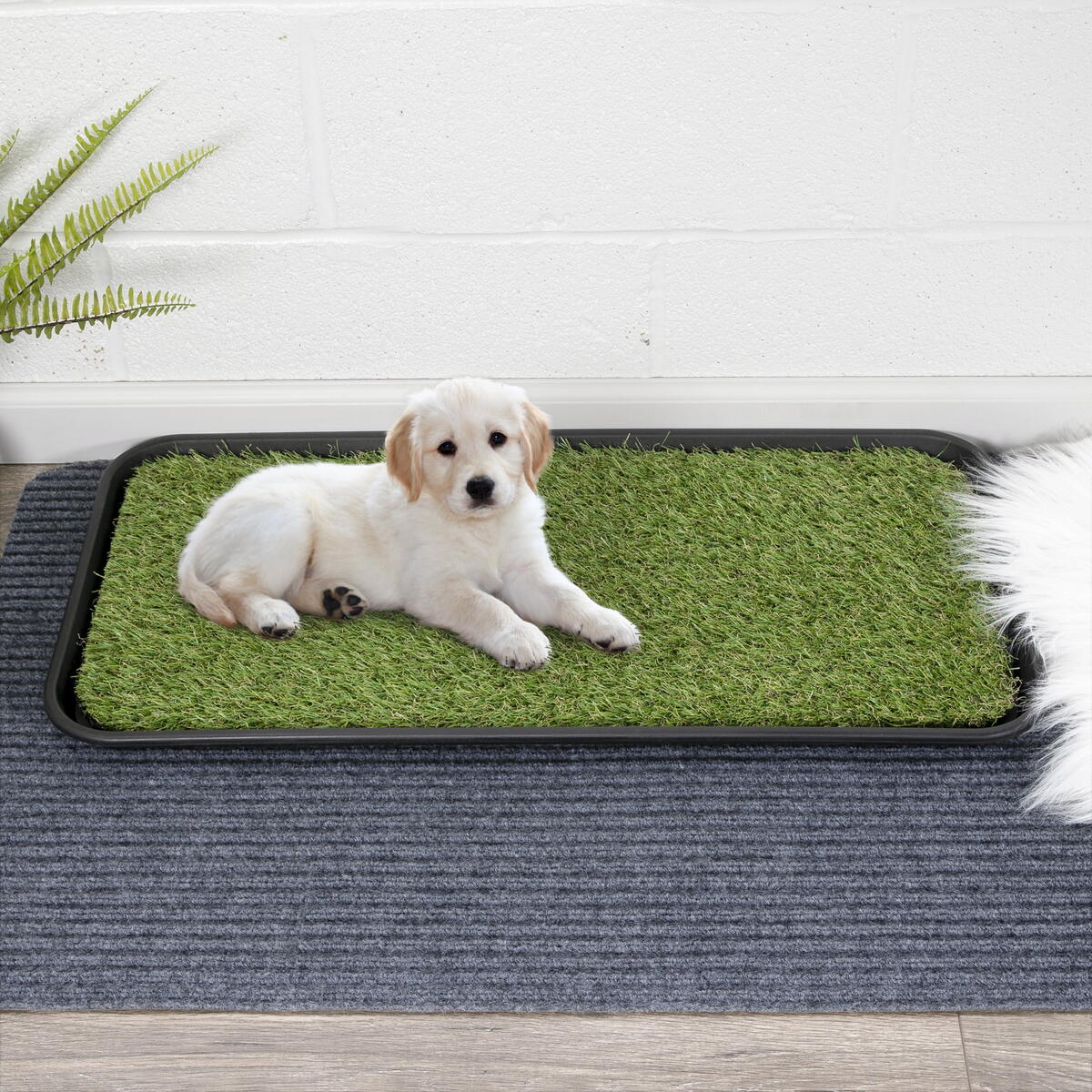
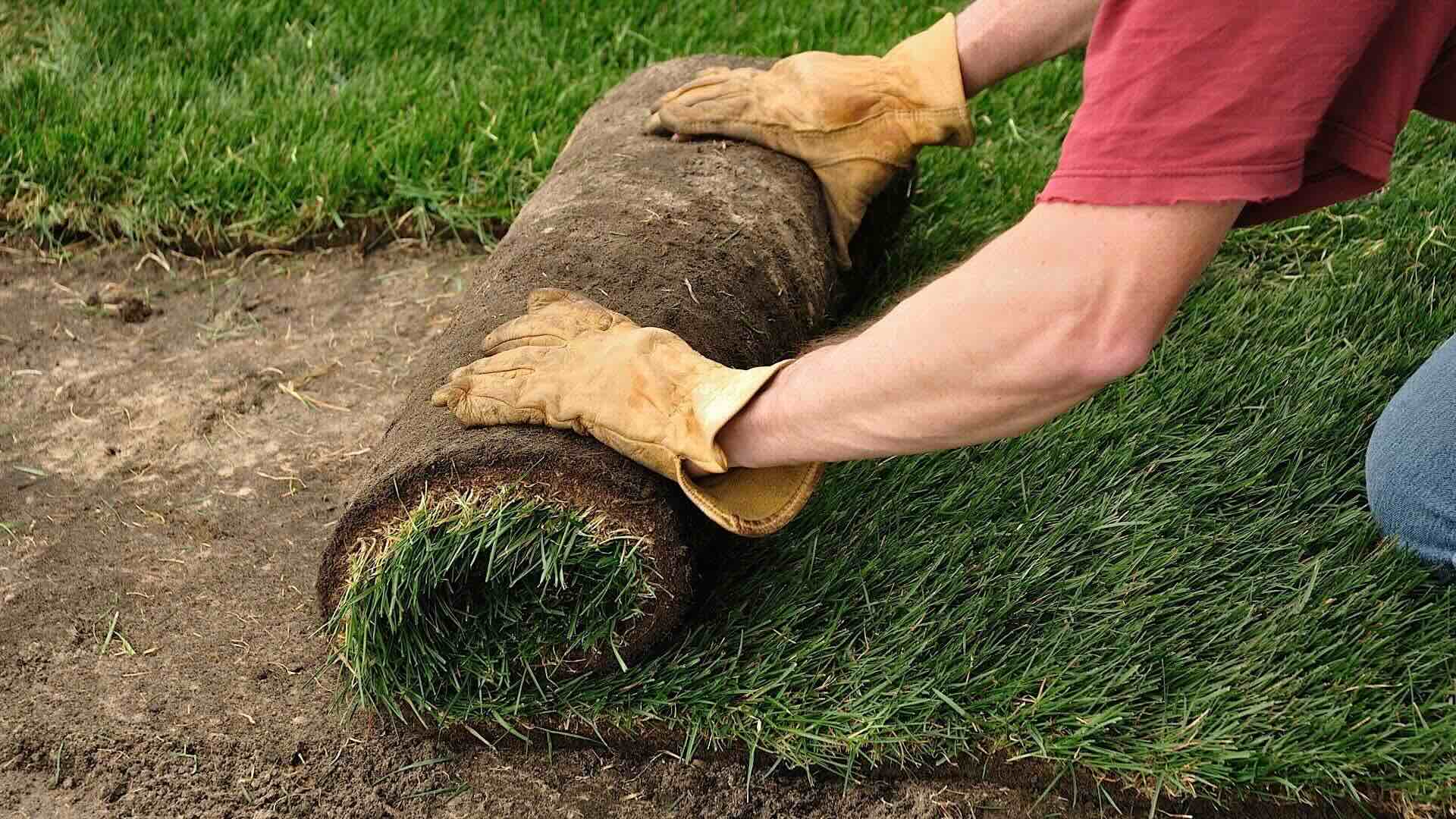
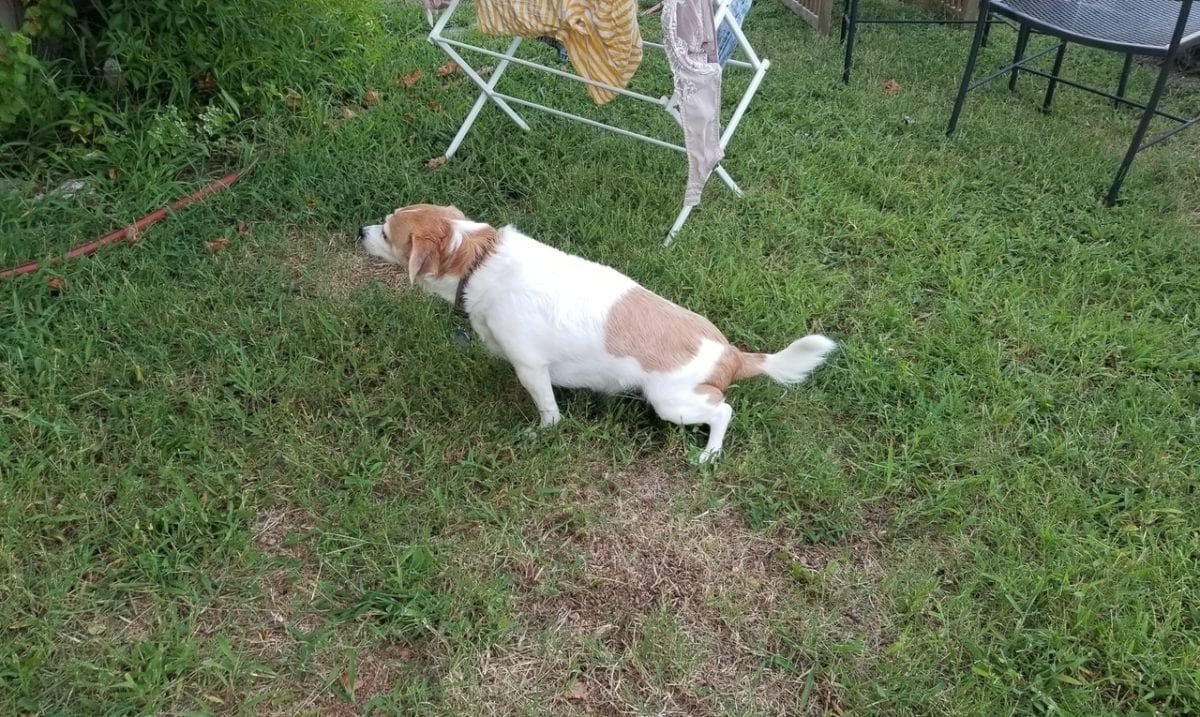
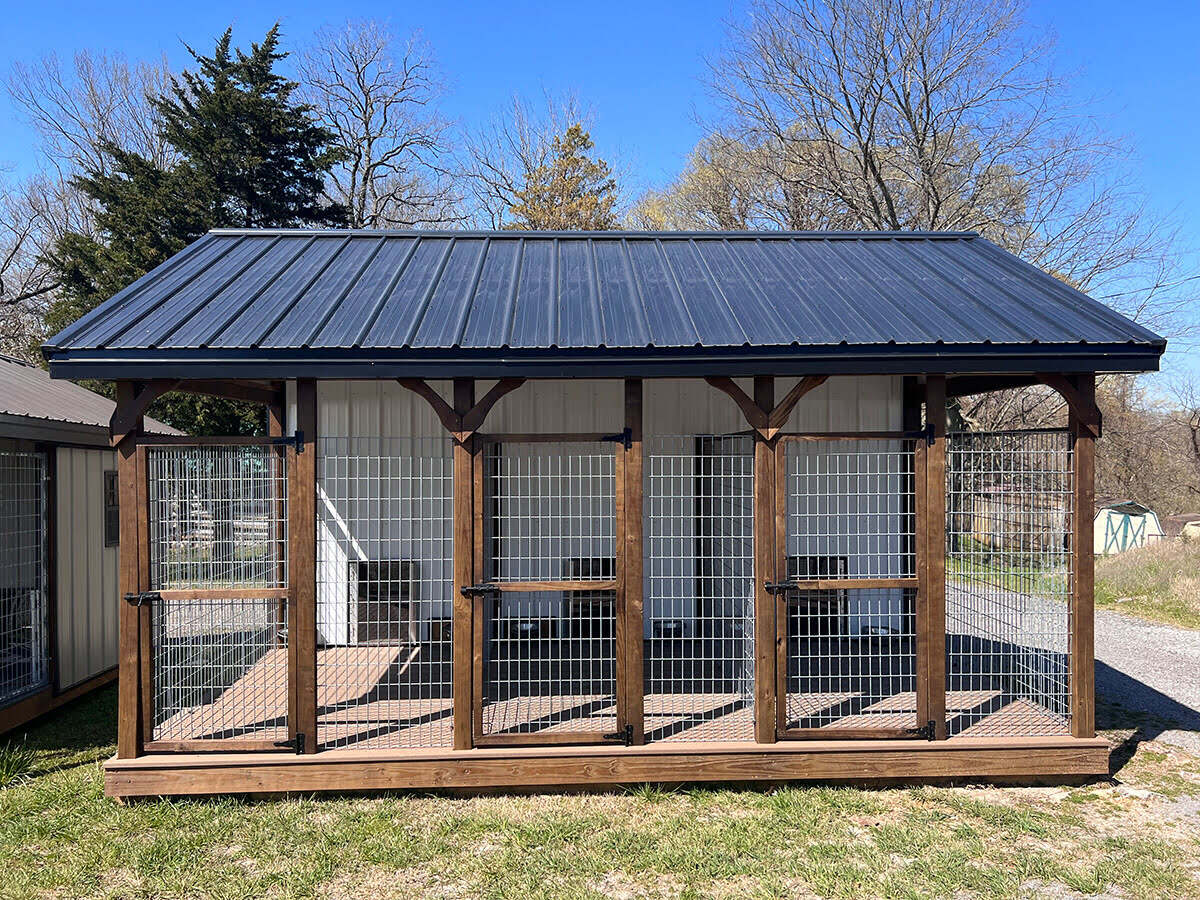
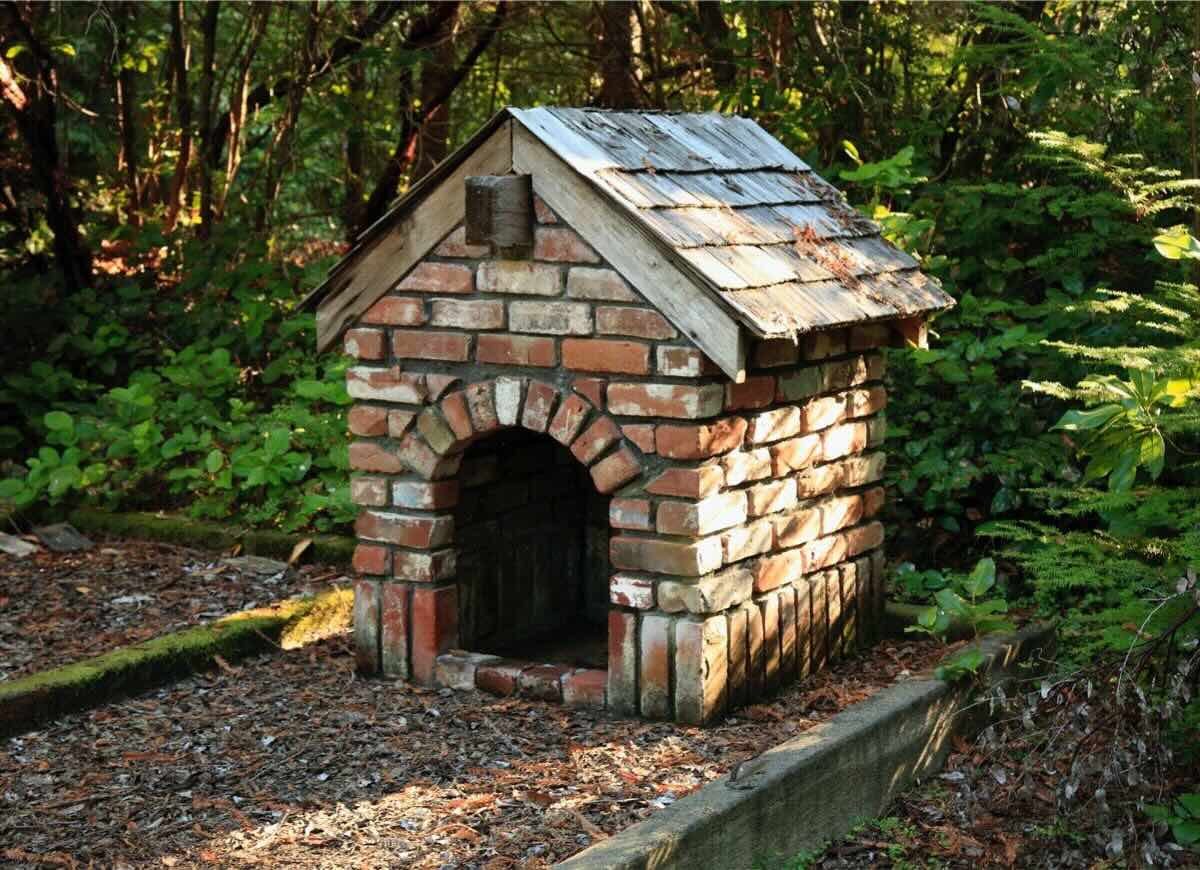
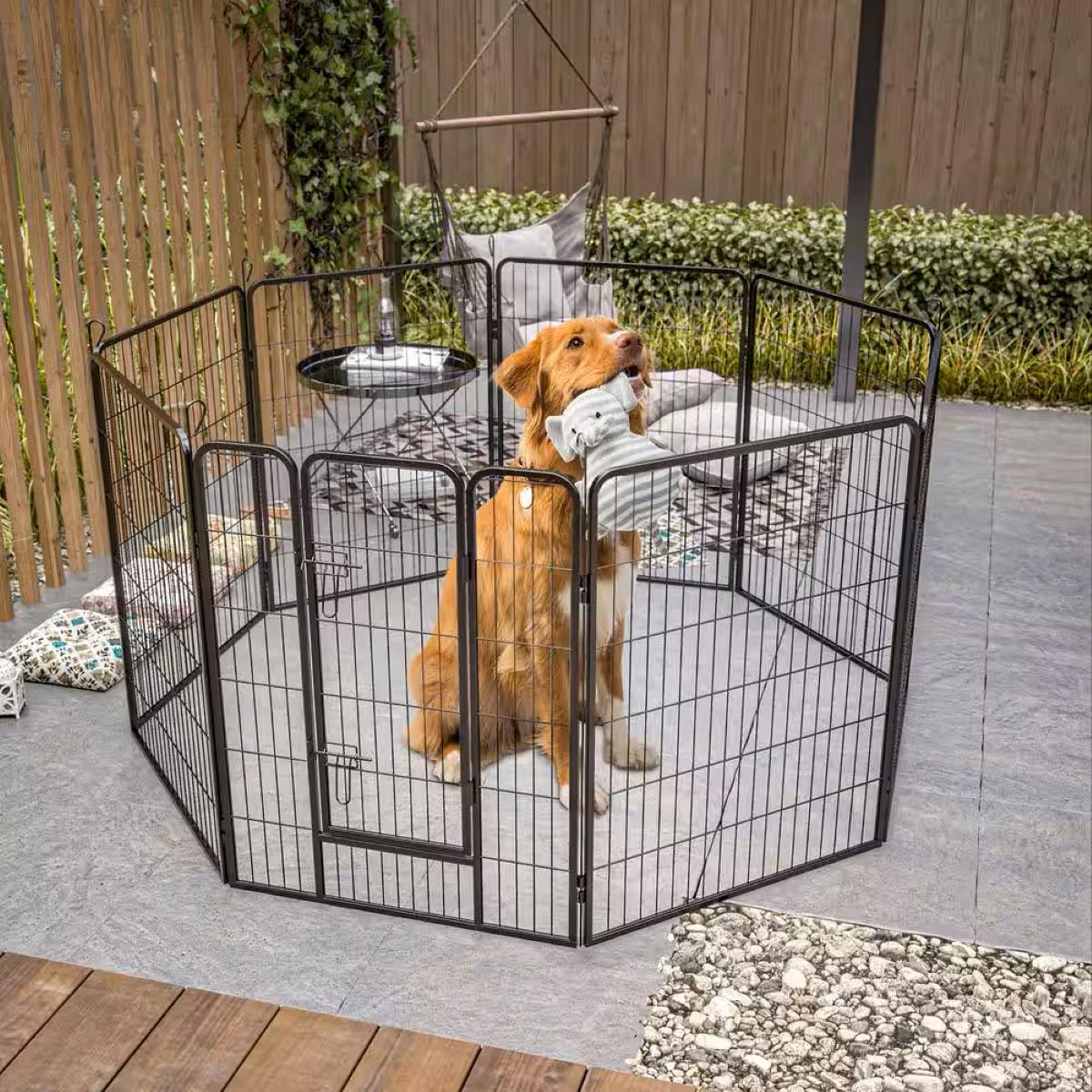
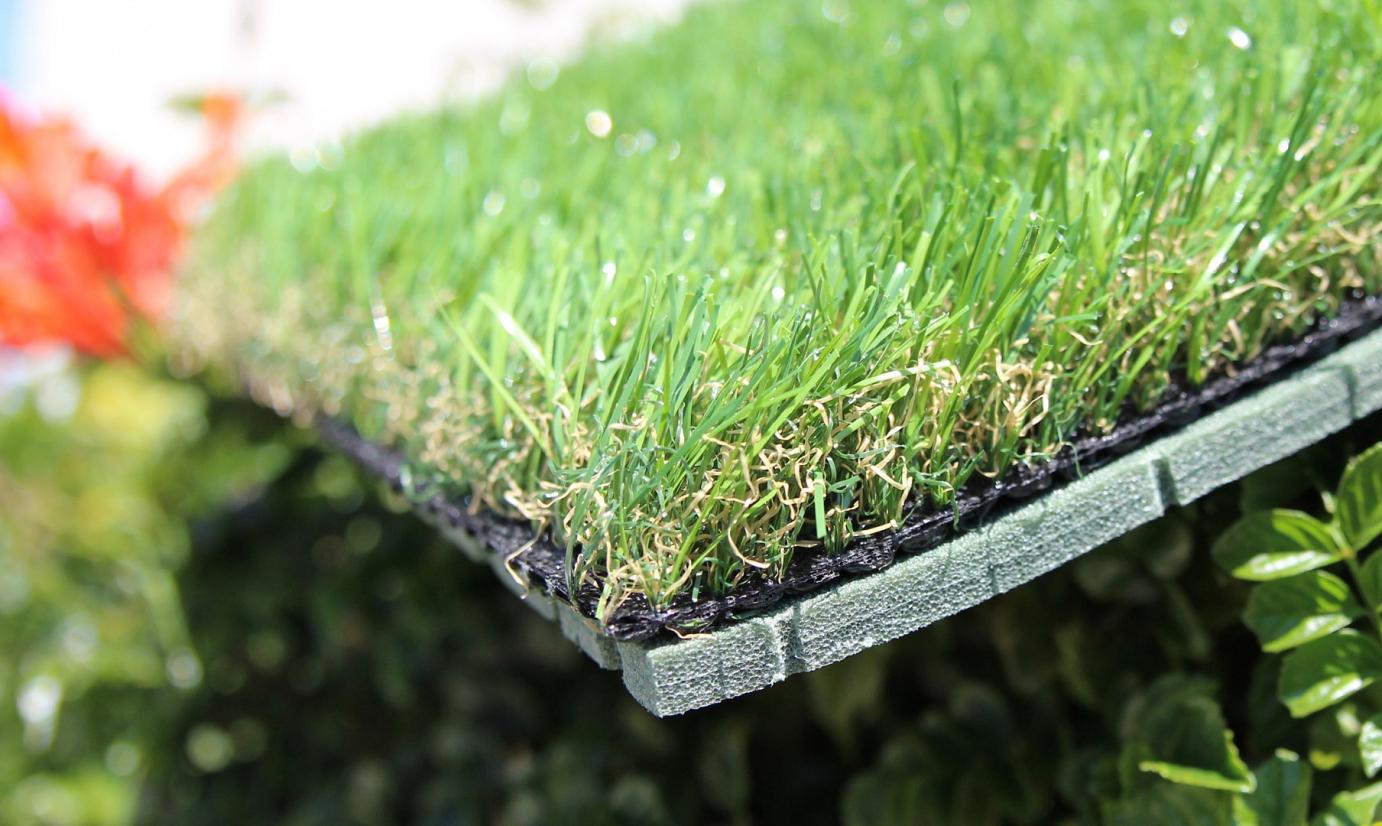
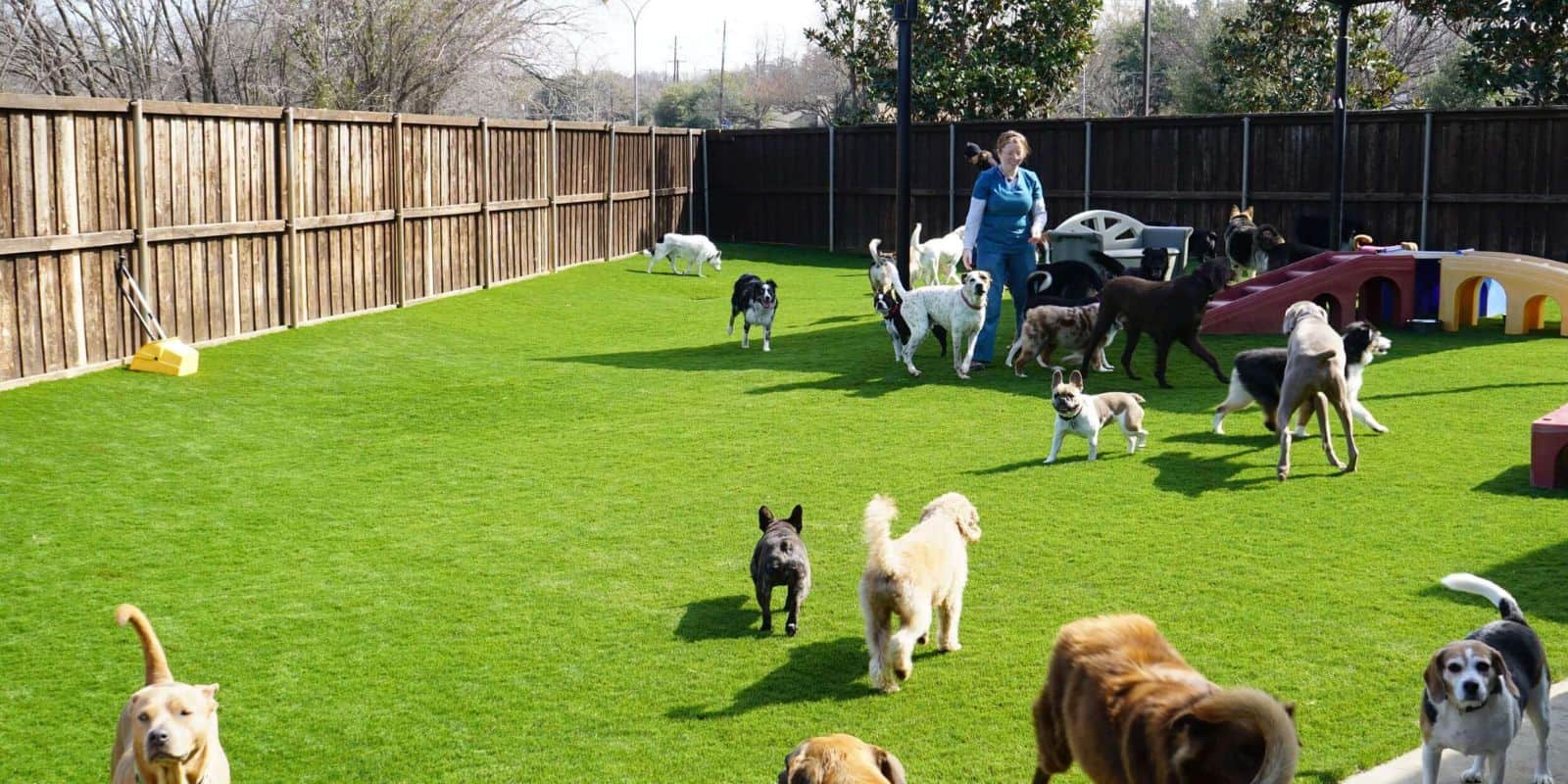
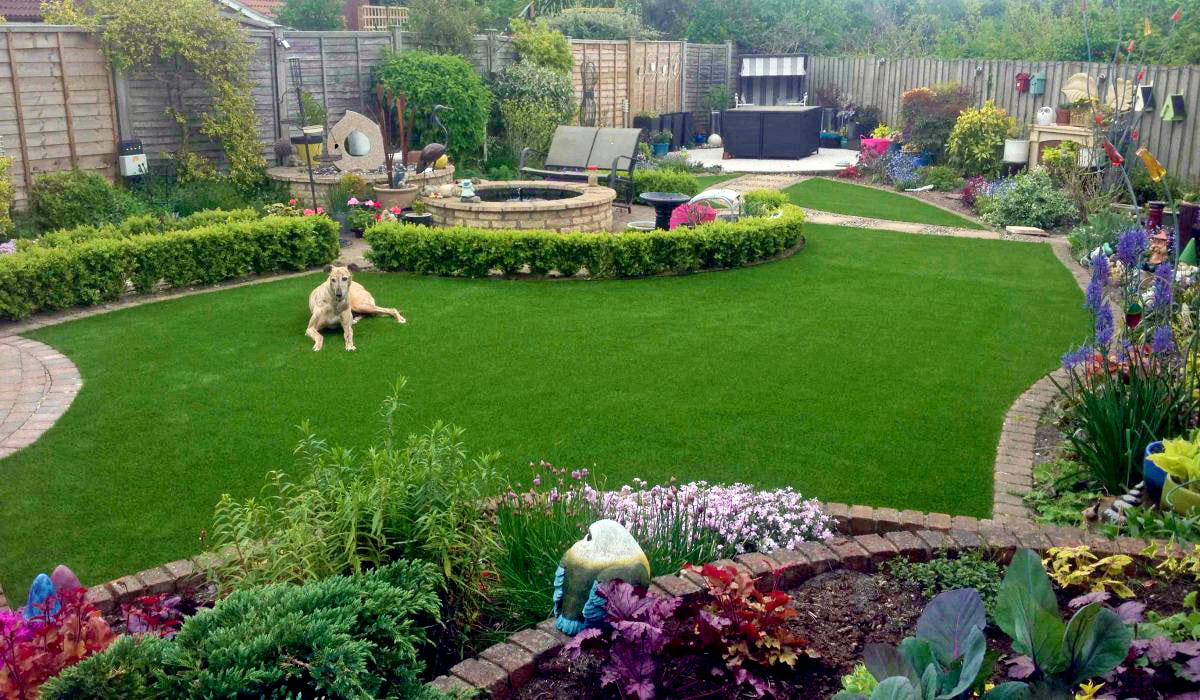

0 thoughts on “How To Build A Grass Pad For Dogs”